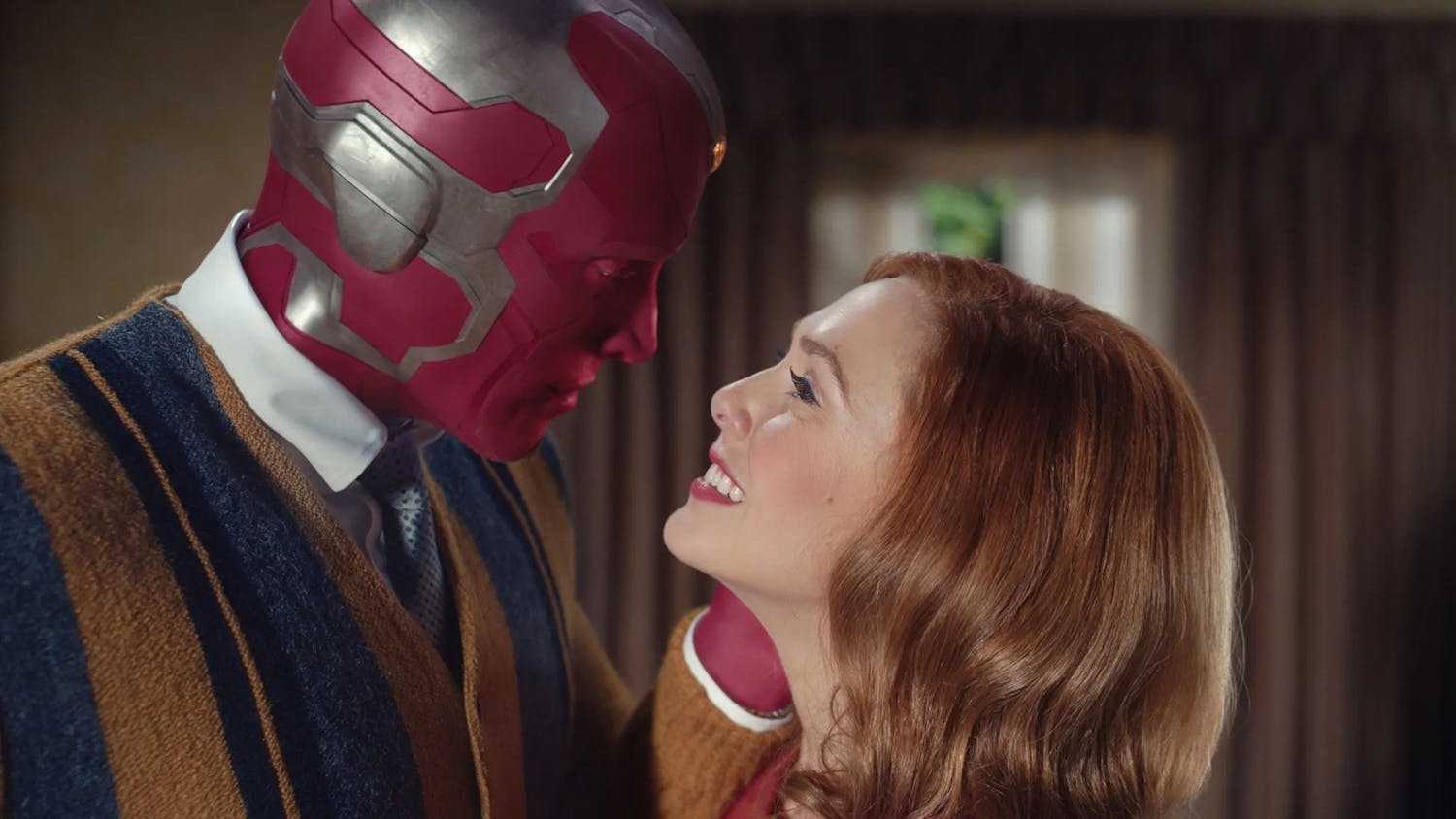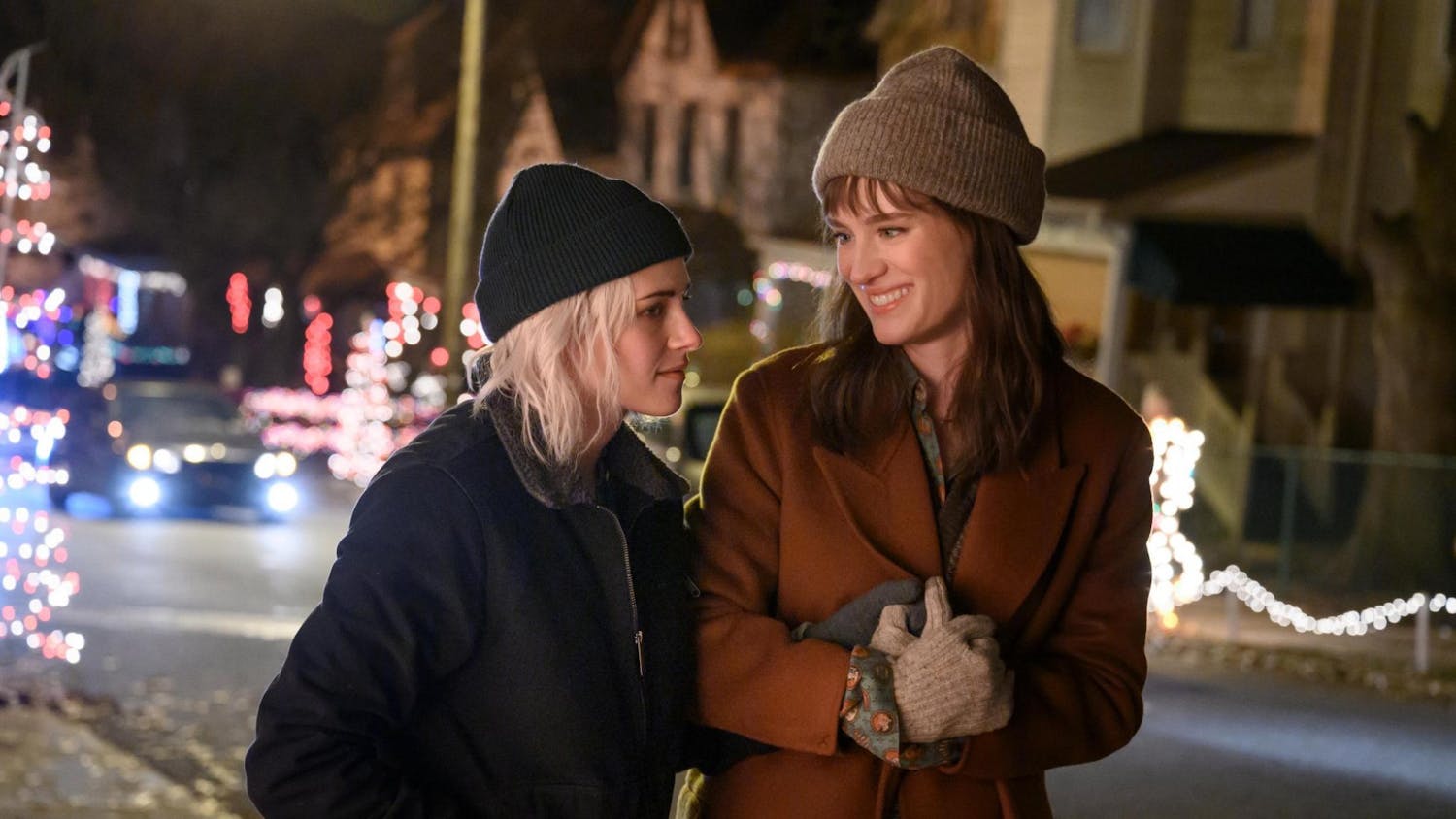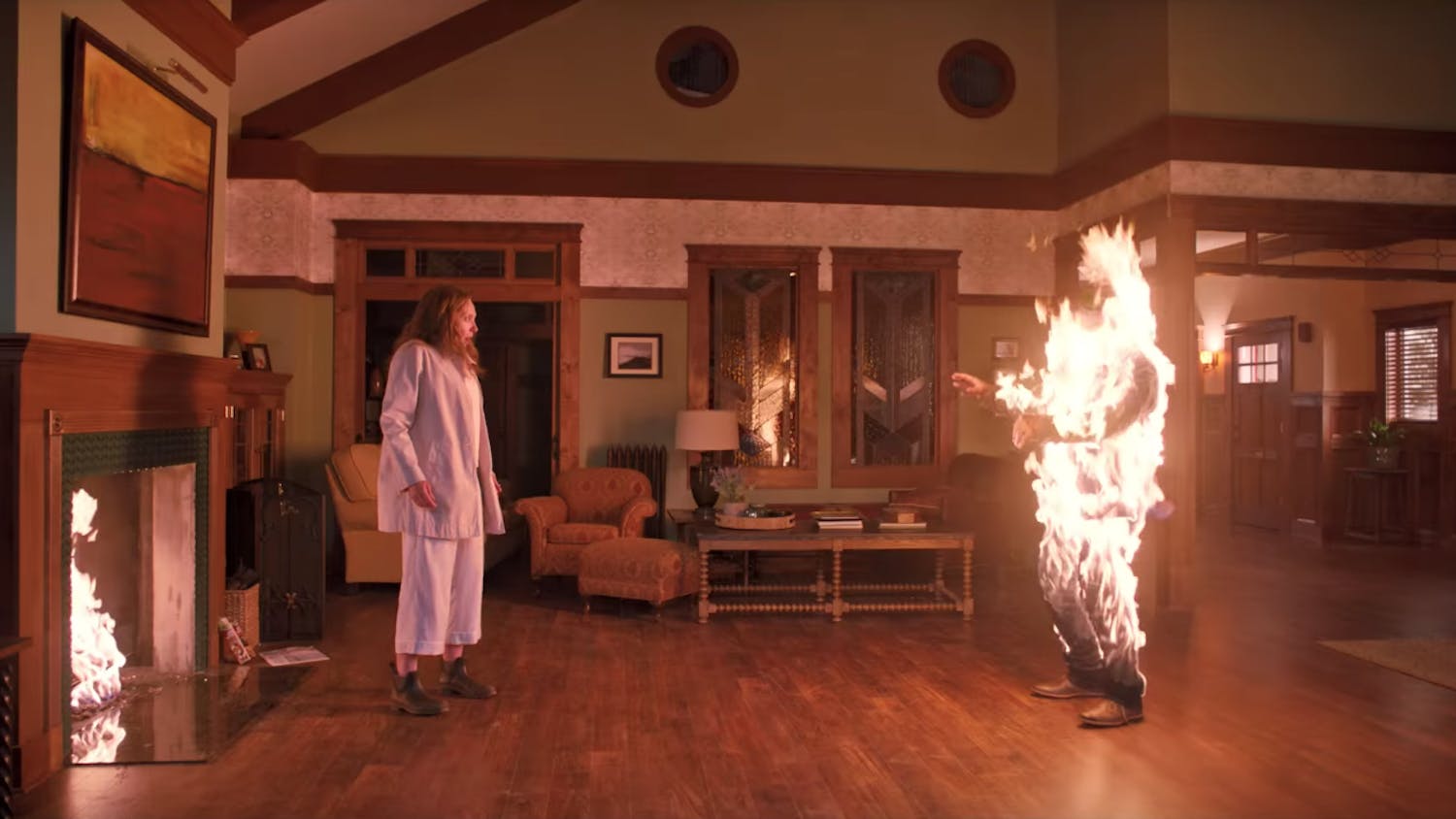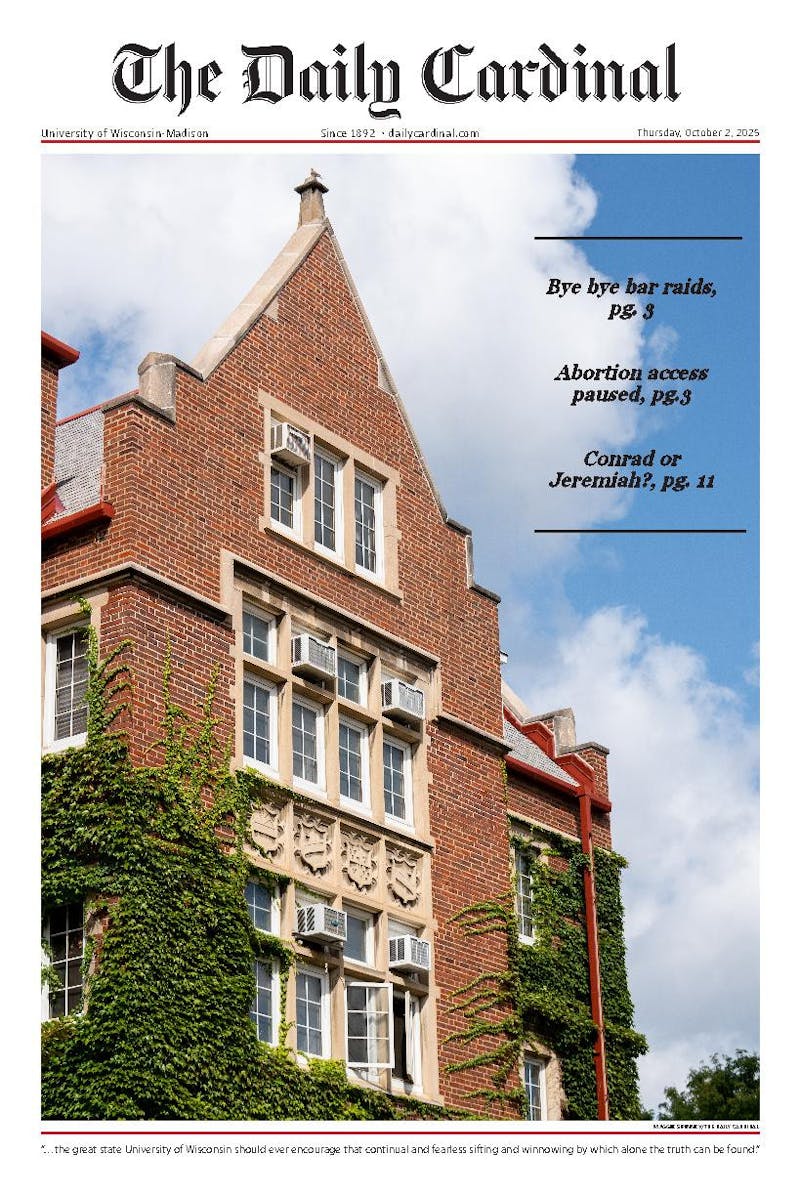In his 1971 novel ""Rabbit Redux,"" John Updike thrusts his estranged hero, Rabbit, into the climax of the space race. Rabbit finds himself, like many other Americans, observing the first steps on the moon. Stuck on the ground, Rabbit ruminates, ""I know it's happened, but I don't feel anything yet."" The monumental space race defined a generation, spurring imaginations to move beyond the previous boundaries of reality into an unknown. But how do we define and categorize such an accomplishment in human terms?
Forty years since the Apollo 11 landing, we still find ourselves struggling with the multi-faceted implications of such progress, progress that extended beyond the space race into the culture of a generation. ""Signs of the Times,"" an intimate look at Robert Rauschenberg's America featured at the Madison Museum of Contemporary Art, allows us to travel through the tumultuous times with three wonderfully focused series of prints done by the prolific Rauschenberg from 1968-1970.
Entering the exhibit, you are confronted with a timeline, highlighting the important events that are integral to understanding Rauschenberg's motivation for the prints. Here we begin to see the degradation of a traditional America, awash with race riots, an unpopular war and a confusing sexual revolution. Among that, hanging all copasetic and wise, are the first of Rauschenberg's prints.
The first and smallest set of prints, ""Reels (B+C),"" focuses exclusively on screenshots from Arthur Penn's 1967 movie ""Bonnie and Clyde"" starring Warren Beatty and Faye Dunaway. The focus here is on the glorified violence that Bonnie and Clyde represent, Tommy guns in hands, robbing banks and killing authority figures. Had the American Dream really come to this? Rauschenberg was known for his love of screen-printing diverse images to make a cohesive whole, often tied together by a single color or object. The prints in ""Reels (B+C)"" are seething with red, but mocked up so artfully that it's hard not to think about Bonnie and Clyde with envy.
The truth is that it is all very overwhelming, especially trying to take in ""Stoned Moon Series"" as well as ""Surface Series."" Both owe as much to the scope of the project as they do to the talent of Rauschenberg, but the thin veil of separation between the two exhibits leaves little time for the necessary reflection.
In ""Stoned Moon Series,"" Rauschenberg focused entirely on the moon landing, picking out still images, charts and graphs directly from the NASA archives (he was also a special guest to the initial launch).
Each monument makes a cameo appearance in his artwork, the initial launch, Armstrong and Aldrin's spacesuits, Collins's command module. Perhaps the most unsettling images are those of German rocket scientist (it's not often that you get to say that not-ironically) Wernher von Braun, the mastermind behind the American space program and the Nazi ballistic missile program before that.
In one painting, von Braun stands proud, pointing out towards space with the ghostly inflections of the Houston crew keeping an eye on Apollo as it lands. The image of von Braun stands for so many things in that moment, something that Rauschenberg uses to his advantage throughout his prints feature in ""Signs of the Times."" Von Braun combines the hopes and fears of the space program, standing for peaceful exploration—he led a team that was supposed to get shuttles to the moon by the 80's—as well as utter destruction due to his Nazi past.
The keywords to use when discussing Rauschenberg's artistic sensibility are juxtaposition, obliteration, defacement and historical memory. Rauschenberg achieves these aesthetic ideals by overloading his canvasses with contemporary symbols, which he then defamiliarizes through several different processes of disfiguration. ""Loop"" from ""Stoned Moon Series"" is marked by paint smudges, scribbling and a recessional arrangement, yielding a weirdly magnetic spiraling effect. ""Ape"" is a chaotic 15-image pile-up, and the ghostly ""Tilt"" almost seems to evaporate from the canvas that just barely contains it.
The aforementioned lithographs of Reels (B+C) use the scribbling technique to produce abstract motion, a perceptual effect somewhere between chucking images at the canvas to see what'll stick and levitating them toward newfound significance. ""Banner"" appropriates a bunch of signifiers that would ordinarily spell out F-L-O-R-I-D-A and assembles them in such a way that the mind finds itself unable to draw the usual connections among them.
""Tracks"" is a grab bag of gears, pipes, sprockets and factory scenes, recalling the early films of legendary Soviet director Sergei Eisenstein. But unlike Eisenstein's conflict-powered works of cinematic assemblage, most of the collages in ""Signs of the Times"" are relatively serene; one only gets the sense of an ongoing internal conflict in works like ""Sky Garden,"" which is at once a polychromatic heap and a race to the finish between its various graphic and photographic elements. Also worth checking out is the video installation ""Open Score,"" a short documentary recounting one of Rauschenberg's many efforts to collapse the conventional distinctions between image/performance and artist/audience.
The collages that comprise ""Surface Series"" (from ""Currents"") are conceptually engaging, and studying them feels like simultaneously reading 10 different newspapers while wading through a nearly impenetrable fog; however, many of the collages seem sort of interchangeable. Indeed, interchangeability and redundancy are the biggest problems with ""Signs of the Times"": Rauschenberg was hardly an economist of expression, and like his contemporary Andy Warhol, he was completely unafraid to make the same point over and over again, so long as he thought it was a point worth making.
Even so, Rauschenberg's work is so technically singular, so strikingly composed, so enigmatically expressive and hauntingly self-effacing, that one can easily look past any repetitiveness and choose instead to wrestle with the thousands of confetti-like suggestions flying around the gallery as if shot from a cannon.





